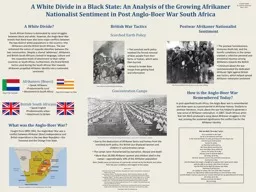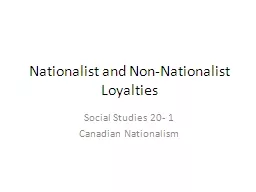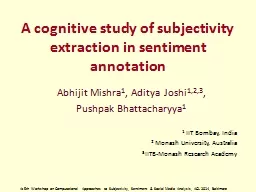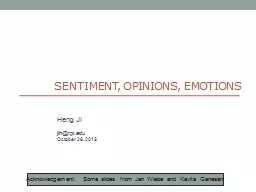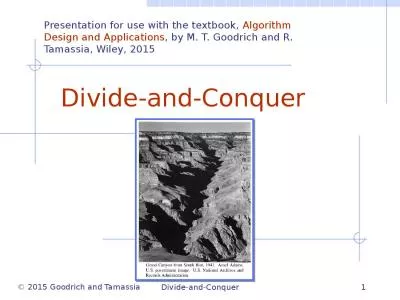PPT-A White Divide in a Black State: An Analysis of the Growing Afrikaner Nationalist Sentiment
Author : ellena-manuel | Published Date : 2018-11-08
STUDENT NAME St Lawrence University May 2 2011 A White Divide What was the AngloBoer War Fought from 18991902 the AngloBoer War was a conflict between Afrikaner
Presentation Embed Code
Download Presentation
Download Presentation The PPT/PDF document "A White Divide in a Black State: An Anal..." is the property of its rightful owner. Permission is granted to download and print the materials on this website for personal, non-commercial use only, and to display it on your personal computer provided you do not modify the materials and that you retain all copyright notices contained in the materials. By downloading content from our website, you accept the terms of this agreement.
A White Divide in a Black State: An Analysis of the Growing Afrikaner Nationalist Sentiment: Transcript
Download Rules Of Document
"A White Divide in a Black State: An Analysis of the Growing Afrikaner Nationalist Sentiment"The content belongs to its owner. You may download and print it for personal use, without modification, and keep all copyright notices. By downloading, you agree to these terms.
Related Documents

